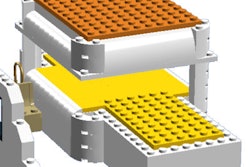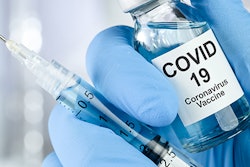Dear MRI Insider,
Traumatic brain injury (TBI) is the most common cause of death and disability among children around the world, with more than 600,000 emergency room visits in the U.S. each year, according to the U.S. Centers for Disease Control and Prevention (CDC). Brain MRI has proved useful for predicting outcomes of surgery in children with TBI, but the need to predict outcomes after surgery remains. Could MRI be used for this purpose as well?
Researchers from the University of Utah in Salt Lake City say yes. In this edition's Insider Exclusive, we're highlighting findings from a study they conducted that found brain MRI after pediatric TBI surgery identified two particular variables associated with poorer outcomes.
After you've read our exclusive, take a look at the other articles we've posted recently in the community:
- A team of researchers described how functional MRI shows that experiences of racial discrimination put the parts of the brain that deal with threat into overdrive.
- Austrian investigators outlined how proton MR spectroscopy can identify changes in the brains of people with multiple sclerosis.
- In a Journal of the American Medical Association study, CDC researchers reported that in people younger than 30 who developed myocarditis after receiving an mRNA COVID-19 vaccine, more than 70% also had abnormal cardiac MRI results.
- A study conducted by a research team from Riley Children's Hospital in Indianapolis suggests that MRI of the whole spine in young children suspected to be victims of abusive head trauma can identify injuries that might be missed on regular imaging.
- What MRI sequence is best for brain volumetry? South Korean researchers have an answer to that question.
- A group from the University of Michigan in Ann Arbor shared results that highlight prostate MRI's ability to predict urinary continence after surgery.
No one can deny that MRI is a crucial tool for patient care, from disease diagnosis to treatment planning. Check out our MRI Community regularly throughout the year to keep current on the modality's many applications and emerging trends.




.fFmgij6Hin.png?auto=compress%2Cformat&fit=crop&h=100&q=70&w=100)




.fFmgij6Hin.png?auto=compress%2Cformat&fit=crop&h=167&q=70&w=250)











